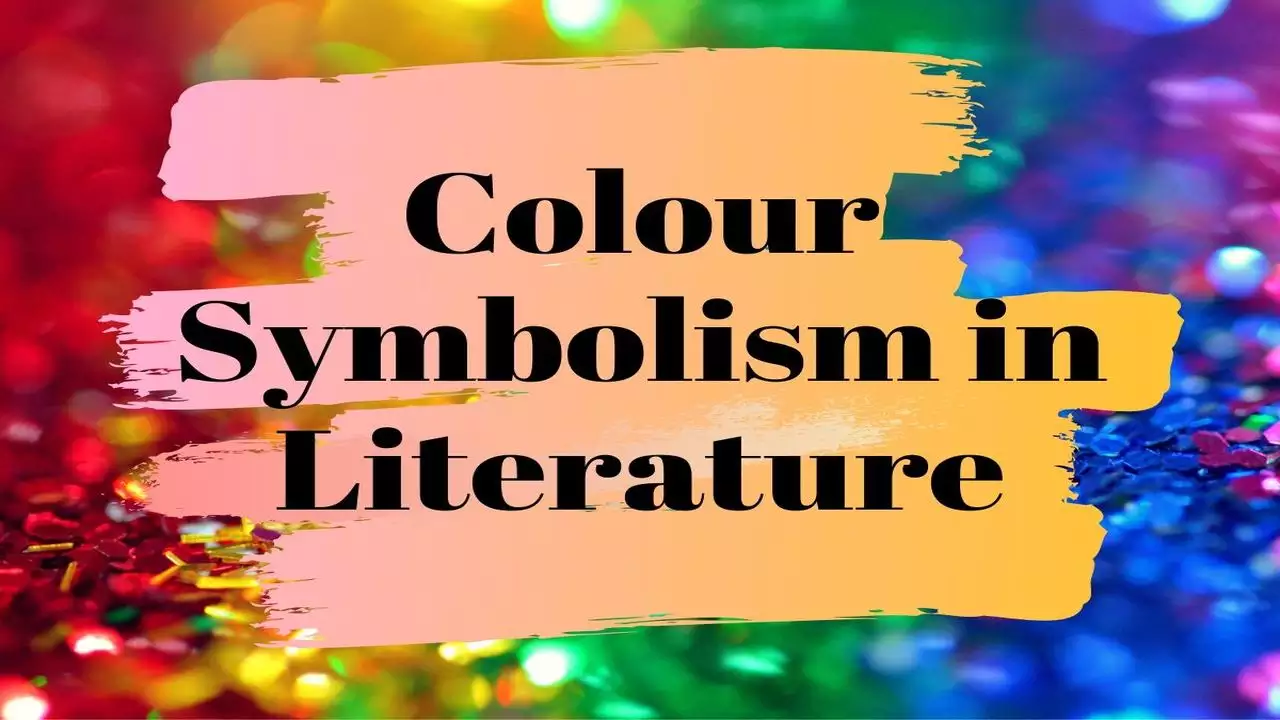journalofserviceclimatology.org – Color symbolism is a powerful literary device that authors use to convey themes, emotions, and character development. Just as colors can evoke specific feelings and associations in everyday life, they can serve as rich symbols within the narrative world of literature. This article explores the use of color symbolism in writing, examining how authors employ colors to deepen meaning and enhance the reader’s experience.
The Role of Color in Setting the Mood
Authors often use color to set the mood or atmosphere of a story. For example, a dark and gloomy setting might be described with shades of gray and black, while a cheerful and vibrant scene might be filled with bright colors like yellow and green. By choosing specific colors, writers can immerse readers in the emotional tone of the narrative.
Color as a Symbol of Themes and Ideas
Colors can represent broader themes and ideas within a text. For instance, white may symbolize purity and innocence, while black can represent death, evil, or mystery. Red often signifies love, passion, or danger, and blue might evoke feelings of calmness or sadness. Authors can use these associations to reinforce the thematic elements of their work.
Character Development through Color
Color symbolism can also be used to develop characters and reveal their personalities or arcs. A character who is often associated with a particular color may embody the traits commonly linked to that color. For example, a character described with warm colors like red and orange might be portrayed as passionate and energetic, while a character associated with cool colors like blue and green might be seen as calm and reserved.
Historical and Cultural Significance of Colors
The symbolism of colors can vary across different cultures and historical periods. An author might draw on these associations to add depth to their story. For example, purple has been associated with royalty and luxury, while yellow has different connotations in various cultures, ranging from happiness to caution or even cowardice.
Color Symbolism in Poetry
Poets frequently use color symbolism to condense meaning and evoke imagery. A single color mentioned in a poem can carry a lot of meaning, reflecting the poet’s emotional state, the poem’s theme, or the imagery being conveyed. The concise nature of poetry makes color an especially potent symbol.
The Use of Color in Fantasy and Science Fiction
In genres like fantasy and science fiction, color symbolism can be used to create entire worlds and cultures. Authors might invent new color symbolism to fit the unique societies and environments they are creating, using color to distinguish between different factions, to indicate magical properties, or to signify otherworldly phenomena.
Conclusion
Color symbolism is a versatile tool in the writer’s arsenal, capable of adding layers of meaning to a text. By skillfully employing colors to represent emotions, themes, and character traits, authors can enrich their narratives and create a more immersive reading experience. Whether through subtle hints or overt statements, the use of color in literature is a testament to the power of language to evoke sensory and emotional responses in readers.
